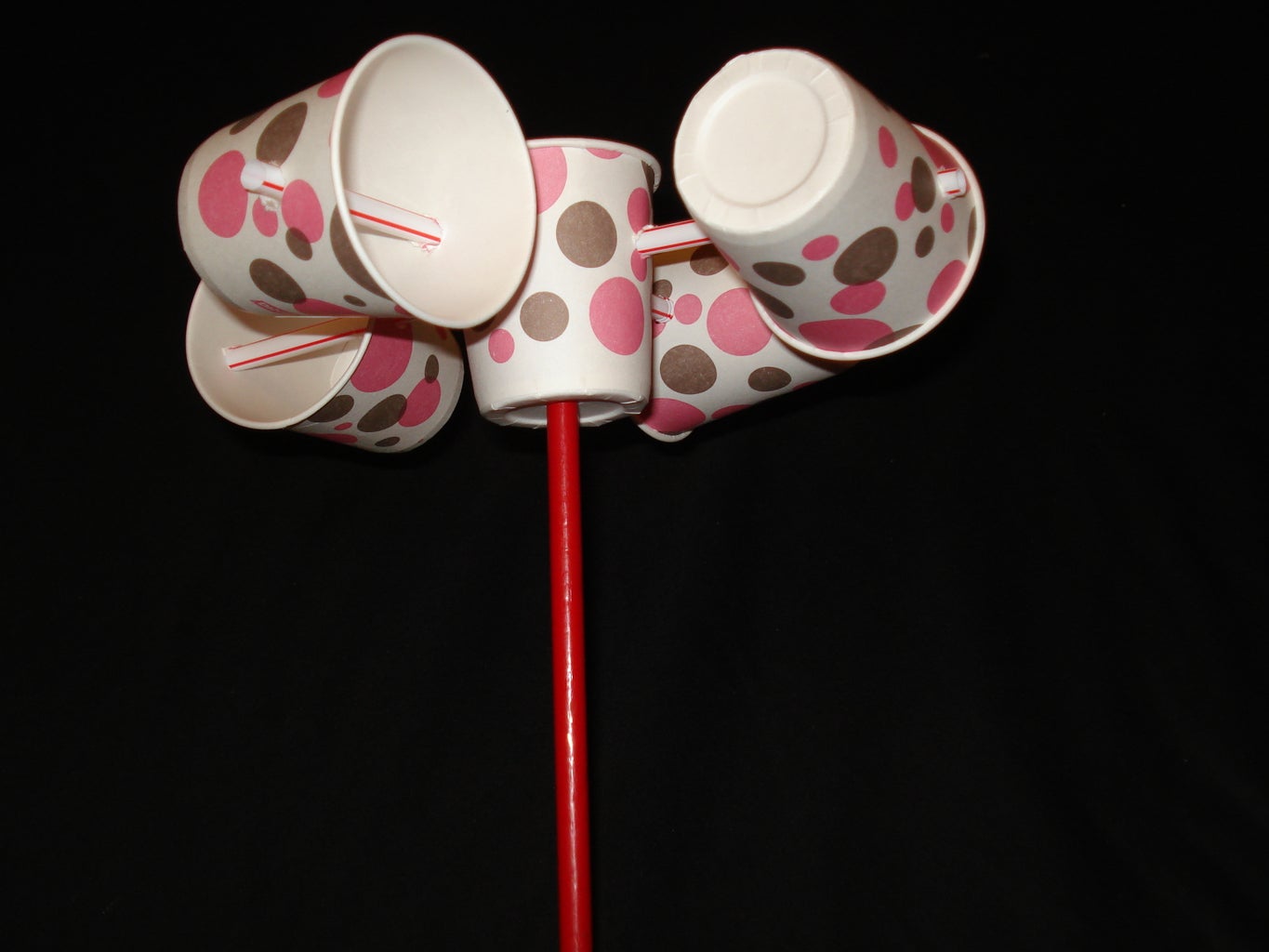How an Anemometer Can Enhance Your Weather Tracking System
How an Anemometer Can Enhance Your Weather Tracking System
Blog Article
Checking Out the Features and Advantages of Anemometers for Weather Fanatics and Professionals
From mug anemometers to sonic anemometers, each kind brings its special set of benefits and applications, dropping light on various facets of climatic conditions. As we dig into the functions and benefits of anemometers, a much deeper understanding arises not just of dominating weather sensations however additionally of the wider effects for fields like wind power manufacturing and ecological research.
Value of Anemometers in Weather Monitoring
Anemometers play a crucial duty in climate surveillance by giving precise dimensions of wind rate, assisting in forecasting and understanding weather patterns. These instruments, ranging from conventional cup anemometers to modern ultrasonic anemometers, are essential for meteorologists, researchers, and weather fanatics alike.

Sorts Of Anemometers and Their Applications
The most usual types of anemometers consist of cup anemometers, vane anemometers, hot-wire anemometers, and ultrasonic anemometers. Mug anemometers are composed of 3 or four mugs installed on straight arms that revolve with the wind, gauging its rate. Vane anemometers, on the various other hand, use an easily rotating vane to align with the wind direction, supplying both wind rate and instructions measurements.
Each kind of anemometer has its one-of-a-kind benefits and applications. Cup anemometers are durable and appropriate for basic weather condition surveillance, while vane anemometers are favored for directional measurements. Hot-wire anemometers are delicate to reduced air speeds, making them ideal for interior settings. Ultrasonic anemometers are non-intrusive and offer high precision, usually utilized in research study and specialized weather condition monitoring applications. Recognizing the qualities and applications of each kind of anemometer is important for selecting the most appropriate tool for particular weather condition checking requirements.
Advantages of Utilizing Anemometers in Forecasting
In weather forecasting, the usage of anemometers uses vital benefits for improving the precision of weather condition forecasting. Anemometers measure wind speed and instructions, supplying essential information for predicting weather patterns. By incorporating wind information right into forecasting versions, meteorologists can better comprehend the motion of weather systems, anticipate changes in climatic problems, and concern extra exact forecasts.
Furthermore, anemometers play an important duty in evaluating possible climate risks. Checking wind rates assists forecasters predict severe climate occasions such as storms, hurricanes, and wintertime storms with better precision. This very early caution system makes it possible for see page authorities to issue timely informs and execute required safety and security procedures, minimizing the risks to life and building.
In addition, anemometers help in enhancing sustainable power manufacturing. By analyzing wind patterns, meteorologists can recognize suitable areas for wind farms this link and anticipate power output, contributing to the efficient generation of wind power.

Anemometers in Wind Energy Production
Offered the critical function anemometers play in supplying exact wind data for weather condition forecasting and threat assessment, their relevance reaches the realm of wind power production. Anemometers are essential tools in the area of wind power, where the dimension of wind speed and direction is vital for establishing the feasibility and performance of wind generator installments. By accurately measuring wind speeds at differing heights, anemometers help optimize the placement and layout of wind turbines to maximize power output.
In wind farms, anemometers are strategically positioned to accumulate real-time wind data that is used to evaluate the possible power manufacturing of a website. This information contributes in establishing the financial viability of wind power projects and in forecasting power generation to make sure grid stability. Furthermore, anemometers aid in checking wind conditions to maximize turbine performance, protect against damages from high winds, and make sure the security of workers functioning in the location of wind generators.
Enhancing Weather Understanding With Anemometers

Anemometers play an essential role in enhancing our understanding of microclimates. These local climate condition can differ significantly from wider local projections, making it necessary to have precise information for specific locations. anemometer. By strategically placing anemometers in different areas, scientists can collect thorough information on how wind acts in various surfaces, my website city settings, or bodies of water
Additionally, anemometers add to improving weather condition projecting models by providing real-time information on wind behavior. This information is especially useful for anticipating extreme weather events, enhancing farming techniques, and supporting industries like air travel and maritime navigation. Overall, anemometers are indispensable instruments that enable us to delve much deeper right into the intricacies of weather systems, eventually leading to more accurate predictions and better-informed choices.
Final Thought
In verdict, anemometers play a crucial role in weather condition monitoring and forecasting by gauging wind rate and instructions. Anemometers additionally have applications in wind energy production, more highlighting their value in both weather forecasting and renewable power sectors.
From cup anemometers to sonic anemometers, each type brings its special set of applications and advantages, shedding light on numerous elements of atmospheric problems. These instruments, varying from standard cup anemometers to modern ultrasonic anemometers, are vital for meteorologists, scientists, and weather lovers alike. The most usual types of anemometers consist of cup anemometers, vane anemometers, hot-wire anemometers, and ultrasonic anemometers. Cup anemometers are appropriate and robust for general weather monitoring, while vane anemometers are favored for directional dimensions. Anemometers are important tools in the field of wind energy, where the measurement of wind rate and direction is essential for determining the feasibility and effectiveness of wind generator setups.
Report this page